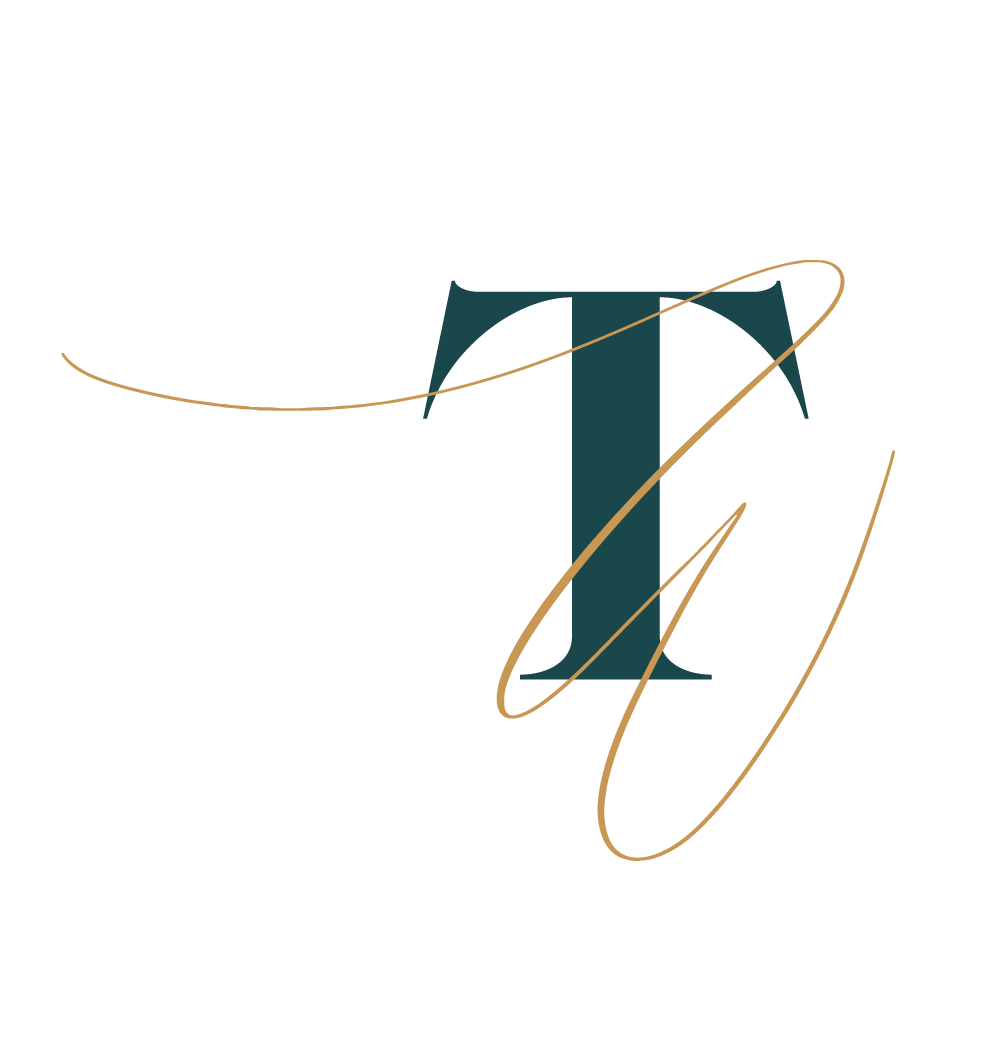How To Set Your Travel Public Relations Agency Up For Success
Once you secure your ideal PR agency, you want to create a good rapport, a know-like-trust factor, and a constant flow of knowledge sharing. The new team needs to become an expert in your business and be knowledgeable about your strengths and weaknesses, market positioning, and competitors.
The Agency Onboarding Process
Start by setting up a series of calls and immersive opportunities. It takes time to get up to speed. Give them your company’s mission statement, company bios, existing media materials, milestones, newsworthy items, a list of past press hits, and a wish list if applicable. There’s no such thing as information overload in the discovery phase.
When it comes to travel or a product involving travel, consider a FAM (familiarization) trip for the team or a way to experience the product as a paying customer while giving access to those that might help with story ideas and storytelling potential. They should also see how the “sausage is made,” since they will need to understand where there are limitations for the media and come up with ways to leverage other assets based on that. A good example is an airline. There are many limitations (such as security clearance, airplane access with gate time, getting on the tarmac, etc.) and you don’t want to promise media access where you cannot deliver.
Kenya Airways - JFK to Nairobi Launch Event at Rainbow Room with President of Kenya
Examine how best to integrate the PR team and the appropriate departments or key contacts. Give them access to data. Often the PR team can’t see the backend of a client’s website, or what the site visits are like but that is an underutilized measurement for PR people when gaining publicity. The ROI for organic PR placements isn’t always measurable but looking at site traffic from linkbacks/URL inclusions is a good way to track conversions from online press mentions. Everyone loves measurement and the tired ad value comparison isn’t a good measure of success.
Measurement can get incredibly expensive when you want to deep dive into consumer sentiment. You must determine how important consumer sentiment is to your company to justify the time and budget allocated toward it. In many cases, word-of-mouth and long-tail product purchases based on a press feature will never be fully trackable. Stick to what delivers value. Leverage media placements to validate you and your industry expertise. Use the press to position yourself or your company as an expert and parlay that into speaking opportunities and collaborations with other like-minded brands or influencers to continue to increase your reach and market share.
You want to establish a clear channel of communication and process, so you need to remain organized with media responses, and deadlines. You also want to maximize your efforts and not duplicate work among departments. While the marketing department’s ad campaign is not always a story that can be pitched to the media (unless big enough for a trade outlet), a PR story can be used by marketing to underscore credibility and third-party endorsements through social media, newsletters, sales decks, gain investors, and more.
Client Service vs. Expert Advice
While PR teams are in client service, they’re certainly not order takers. A good PR agency or publicist is the one in the trenches pitching day in and day out. Years of experience, conversations with countless journalists, research, and understanding of the ever-evolving media landscape is key.
PR teams stay current, so you don’t have to. You hire experts for a reason so you need to trust them to do the job well and stay on top of potential opportunities. If you don’t, you’ve gone with the wrong agency. The dynamic between the agency and the client should be constructive and collaborative.
When you hire an agency, you (or your team) need to dedicate time and share information to be successful. When we become the expert in your business and begin advocating for you with media contacts, it creates opportunities but will never replace the need for client involvement. You are still the in-house expert and will need to be quoted by the media, which means being responsive and on deadline with answers to questions from the media.
If you have some existing media relationships, share those details so everyone is being respectful and on the same page. Let’s be honest, the relevant media pool is only so big. There is bound to be an overlap. THIS IS NOT a competition. We are on the same team.
My best clients are the ones who are quick to confirm participation in media opportunities that are on deadline. Offer their POV quickly, and I can take the quotes over the finish line as quickly as possible with their final sign-off. I’ve become a chameleon in writing and speaking style for each client, so I’m able to step in as any good speech writer would but that is a process that takes time and access to leadership to develop the right tone.
Hammering this point home, the media are always on deadline. It’s not something an agency can influence or change. Don’t ask them to or you put you and them in a tough position where they lose their reliability.
I can’t stress this enough: PR is not a set-it-and-forget model. It takes time, and thoughtful strategies that are constantly re-evaluated. As a client, it’s imperative to come into this relationship as a true partnership.
For those of you starting your search for an agency, please check out my “How to find the ideal travel public relations agency,” which includes a free RFP Template, so you don’t have to start from scratch.

